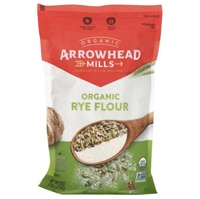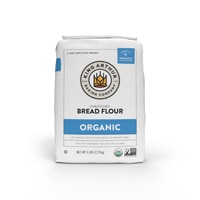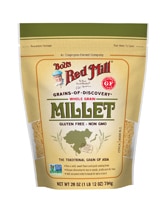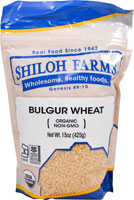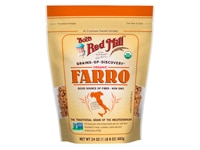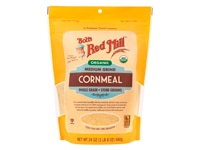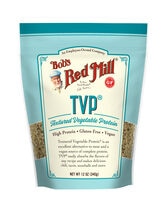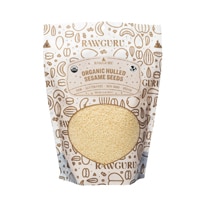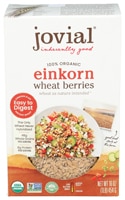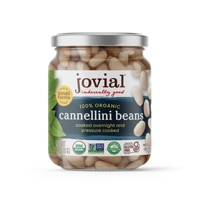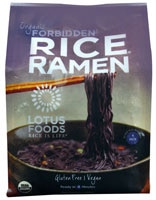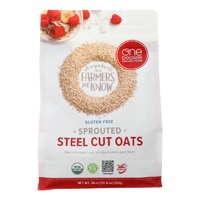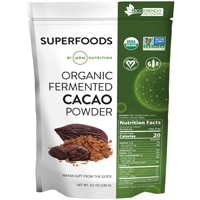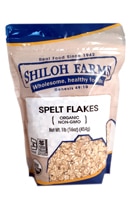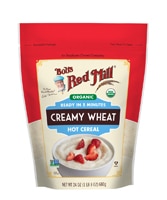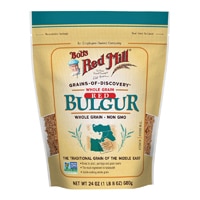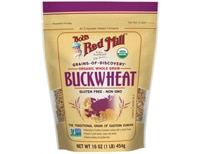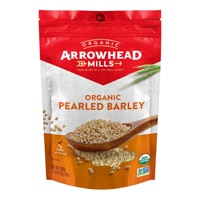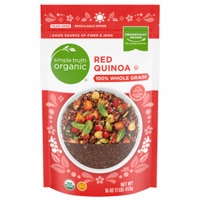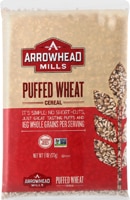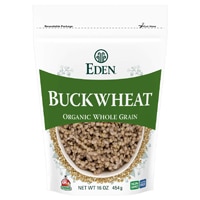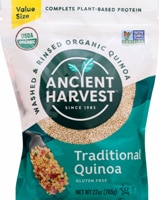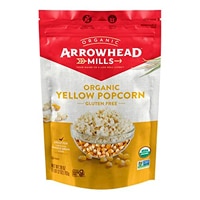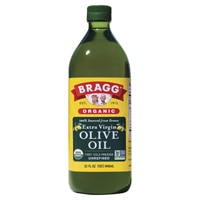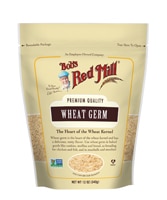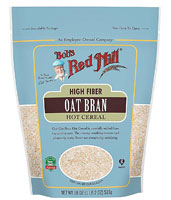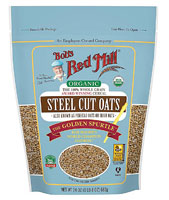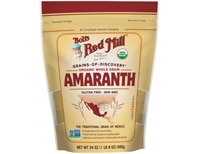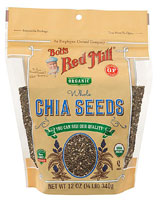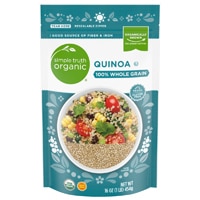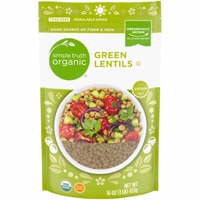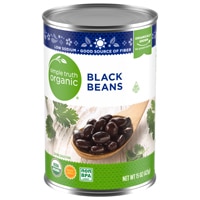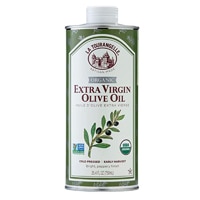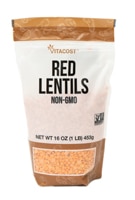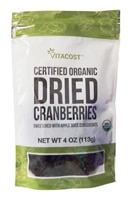February is American Heart Month, a month dedicated to raising awareness about heart disease and promoting heart-healthy lifestyles. American Heart Month was established in 1964 by President Lyndon B. Johnson and is observed annually. It is an excellent opportunity to learn about ways to reduce your own risk for heart disease.
One of the most significant risk factors for heart disease is high blood pressure, a condition that often has no noticeable symptoms.
High blood pressure is one of the most prevalent types of heart disease; 1 in 3 adults in the U.S. has high blood pressure. If left untreated, high blood pressure can increase your risk of heart attack, heart failure, stroke or kidney disease.
The foods you eat every day can play a major role in your blood pressure control. This article will explain the Dietary Approaches to Stop Hypertension
(DASH) diet and review the best foods to include in your diet to help keep your blood pressure under control.
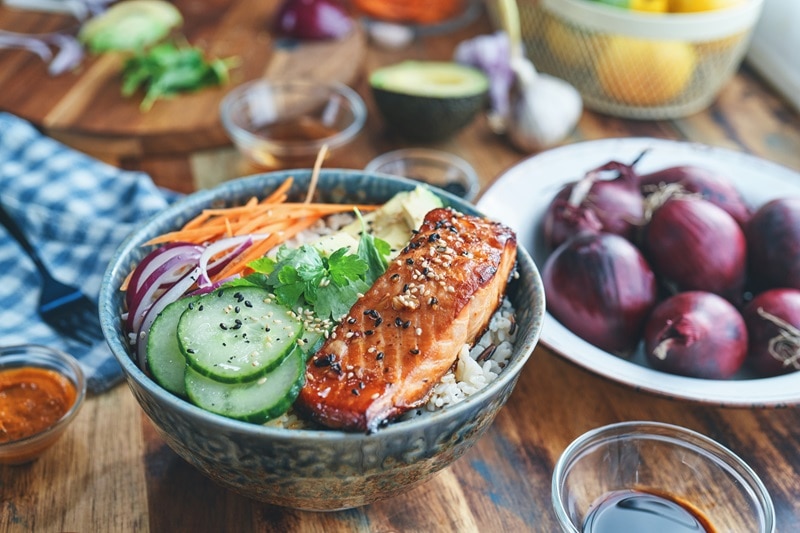
What Foods Lower Blood Pressure?
Understanding blood pressure
First, let’s recap what blood pressure is and why it is so important.
Blood pressure is the amount of force your blood uses to travel through your arteries.
It is measured in millimeters of mercury (mmHg) with two numbers: systolic (the top number) represents the pressure when your heart beats, and diastolic (the bottom number) represents the pressure when your heart rests between beats.
High blood pressure, also known as hypertension, occurs when this force is consistently too high. Over time, this can damage your arteries and increase your risk of serious health problems like heart attack, heart failure, stroke and kidney disease.
Risk factors for high blood pressure
Several factors can increase your risk of high blood pressure, some of which you can control, while others, like family history, age and race, are unfortunately out of our hands. You might be at higher risk for developing hypertension if any of the following apply to you:
- You have a family history of high blood pressure, cardiovascular disease or diabetes.
- You are Black.
- You are age 60 or older.
- You have high cholesterol, obesity, or diabetes.
- You use tobacco products.
- You don't exercise regularly.
- You consume a diet high in salt.
What is the DASH Diet?
One scientifically proven way to help control high blood pressure is by following the
Dietary Approaches to Stop Hypertension (DASH) diet. The DASH diet was named “Best Heart-Healthy Diet” and “Best Diet for High Blood Pressure” by
U.S. News & World Report in 2025.
The DASH diet emphasizes eating plenty of fruits, vegetables,
whole grains, lean protein and low-fat dairy while limiting saturated fat, trans fat, sodium and added sugars.
8 Foods that help lower blood pressure
Using the DASH diet as a guide, let’s take a closer look at some of the best foods to eat regularly to help keep blood pressure under control.
- Leafy Greens: Spinach, kale, collard greens and other leafy greens are packed with fiber, potassium and magnesium, all of which play a role in regulating blood pressure. Potassium helps your body get rid of excess sodium, while magnesium helps relax blood vessels.
- Berries: Blueberries, strawberries and raspberries are full of antioxidants, which help protect your cells from damage and may improve blood vessel function.
- Bananas: Bananas are a fantastic source of potassium, which is proven to help with blood pressure control.
- Beets: Beets are rich in nitrates, which help relax and widen blood vessels and may help lower blood pressure.
- Oats: Oats are a great source of soluble fiber, which can help lower cholesterol levels. Since high cholesterol is a risk factor for heart disease, controlling it can indirectly benefit your blood pressure and improve your overall heart health.
- Fatty Fish: Salmon, tuna, mackerel and other fatty fish are rich in omega-3 fatty acids. These healthy fats have anti-inflammatory properties that can help lower blood pressure.
- Garlic: Garlic contains compounds that may help relax blood vessels and increase blood flow.
- Dark Chocolate: Dark chocolate (in moderation) contains flavanols that may help improve blood flow and lower blood pressure. Aim for chocolate with at least 70% cacao content.
Additional dietary tips
Beyond incorporating these blood pressure-lowering foods in your diet regularly, there are a few other important tips to keep in mind to help keep your blood pressure in a healthy range.
First, make sure to keep an eye on your sodium intake. Sodium attracts water, and too much sodium can increase blood volume, leading to higher blood pressure. Aim to consume no more than 2,300 mg of sodium daily, equivalent to about one teaspoon of salt. Some healthcare professionals recommended limiting sodium intake to around 1,500 mg daily.
Next, if you drink alcohol, do so in moderation. Excessive alcohol consumption can raise your blood pressure over time.
Lastly, don't forget to
stay hydrated! Drinking plenty of water daily is crucial for overall health, including healthy circulation.
Healthy blood pressure beyond diet
While what we eat plays a significant role in managing blood pressure, it's not the only piece of the puzzle. There are several other important lifestyle factors to consider.
First is stress management. Chronic stress can contribute to high blood pressure. It is important to find healthy ways to
manage stress, such as exercise, yoga, meditation, spending time in nature, or engaging in hobbies you enjoy.
Aiming for at least 30 minutes of moderate-intensity exercise most days of the week is another way to help keep blood pressure in a healthy range. Physical activity helps strengthen your heart, improve circulation and can help lower blood pressure.
Lastly, make sure to take medications for high blood pressure every day if your doctor has prescribed them for you.
In summary
This February, celebrate American Heart Month by keeping your heart healthy and your blood pressure in check. Focus on what you can add to your diet rather than worrying about what to cut out. For the best outcomes, combine the principles of the DASH diet with stress management techniques, regular exercise and any medications your doctor has prescribed.
Don’t forget to take advantage of free resources like those from
American Heart Association (AHA). Knowledge is power! The more you know about blood pressure and heart disease, the better outcomes you will likely have.





